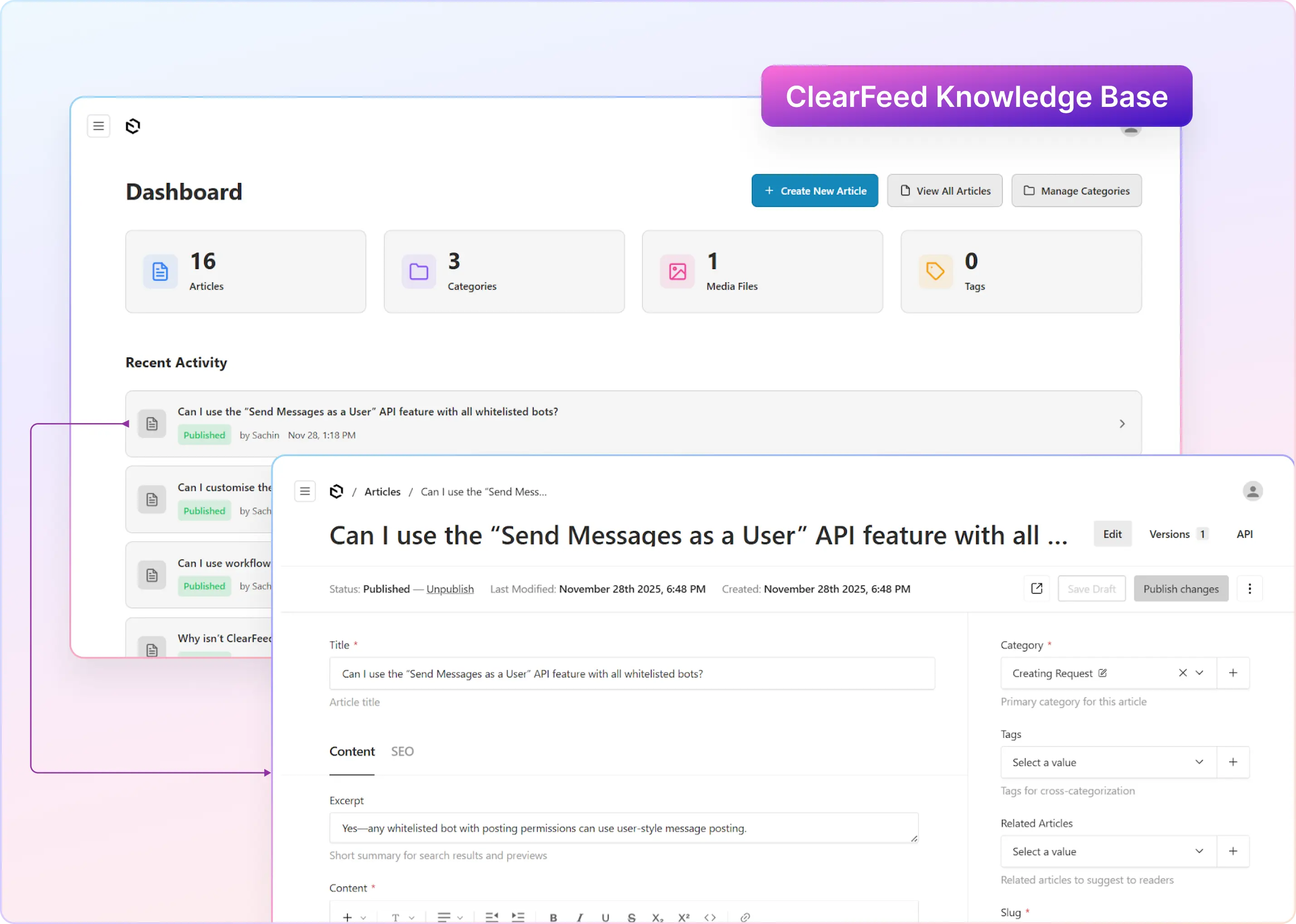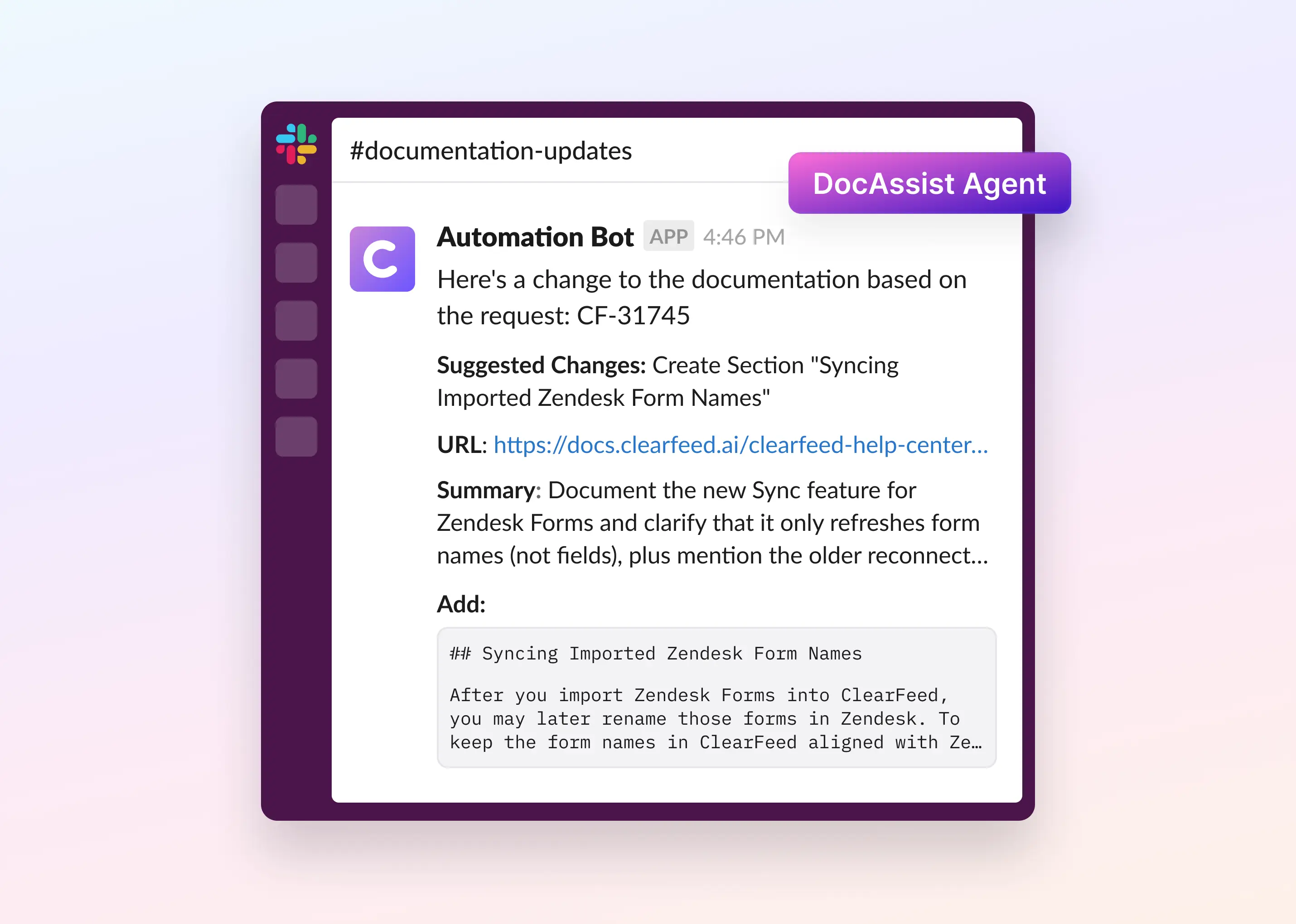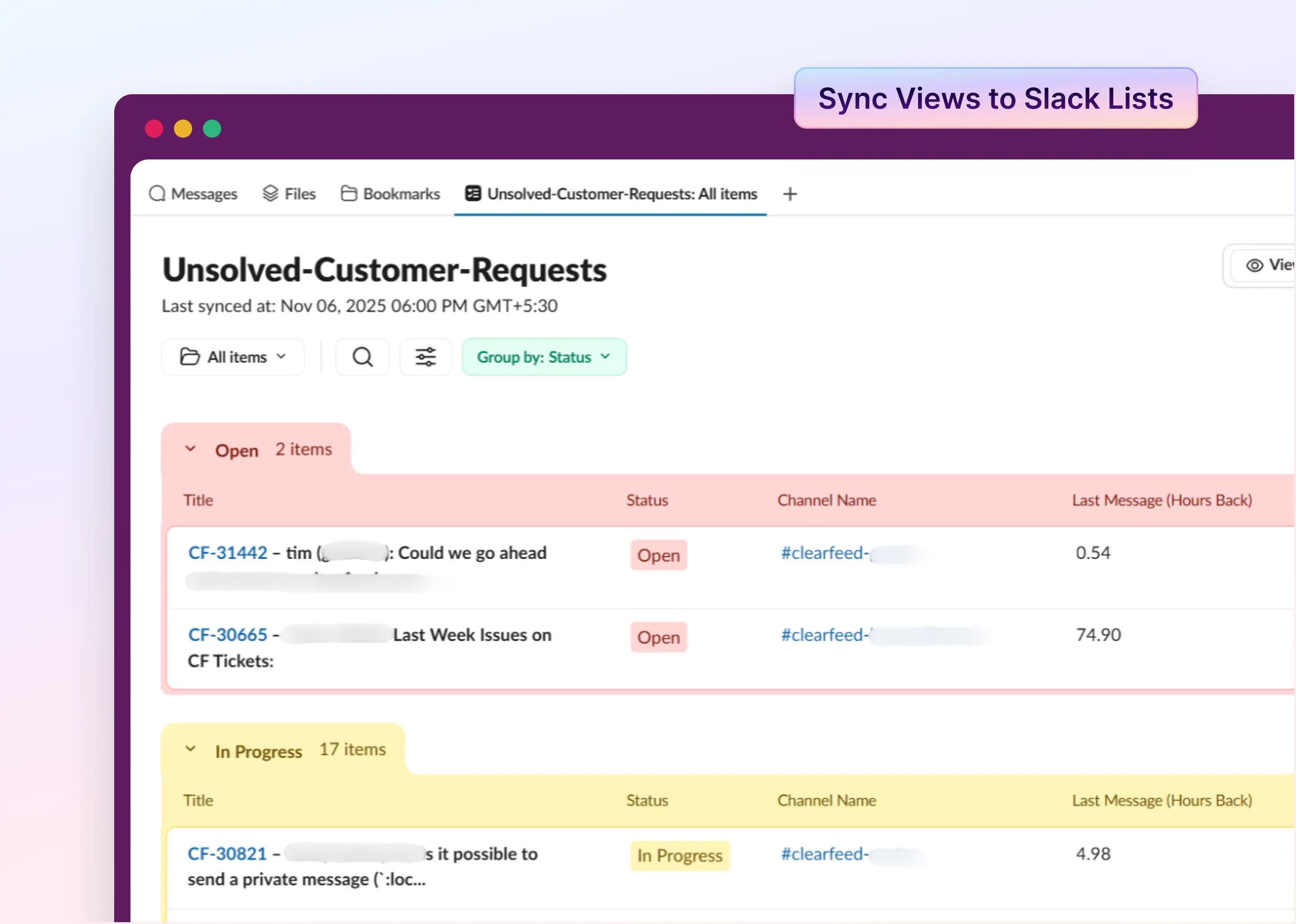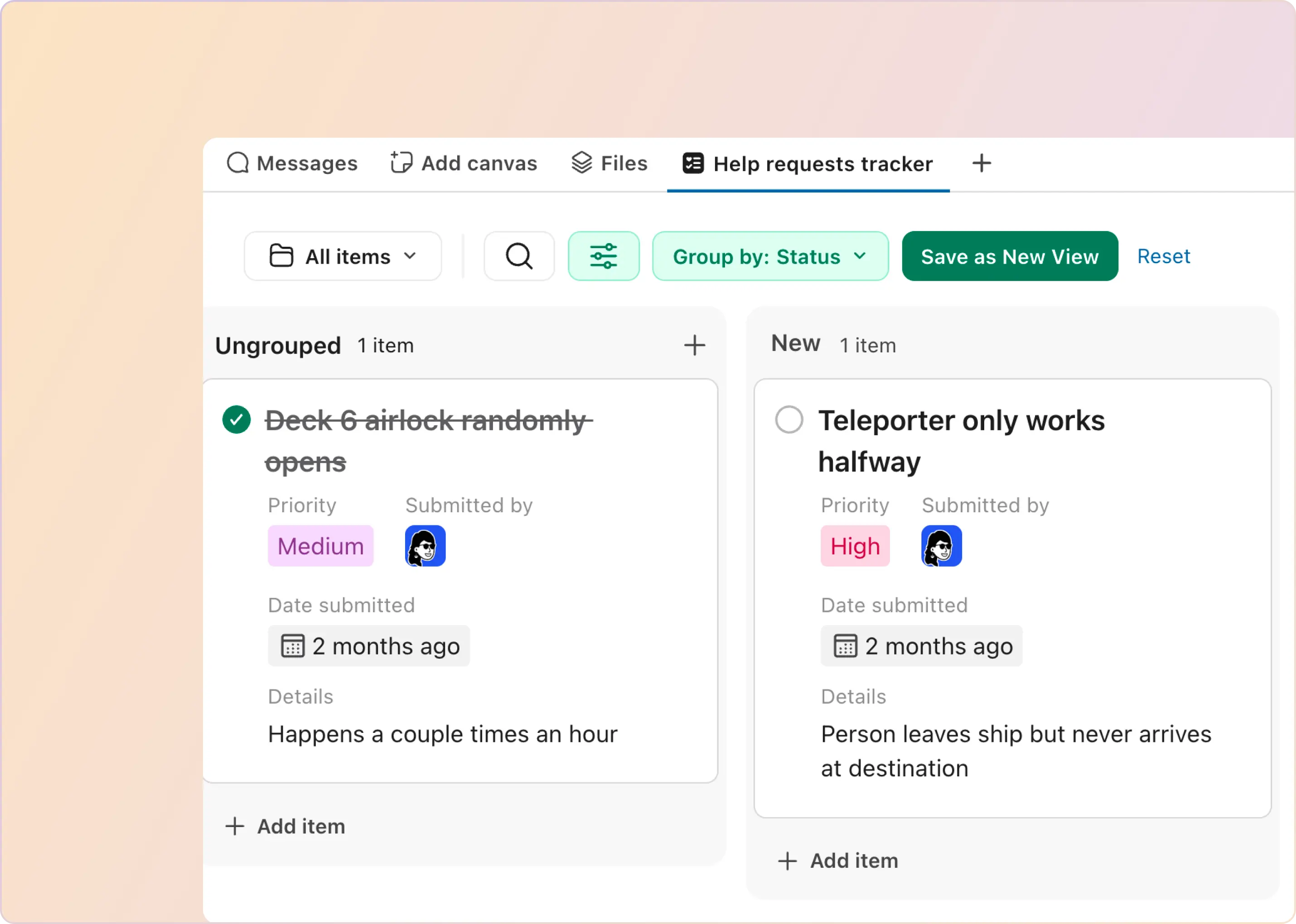Like many businesses today, we have opened up Slack Connect channels to directly interact with our users. One of the challenges we face is making sure that all customer queries on customer channels are being responded to in a reasonable timeframe. In this post I am going to describe how we use our own product, ClearFeed, to ensure this.
Background
Whether it’s a service provider, a customer, or a contractor - it has become natural to interact with stakeholders beyond the company using Slack. While Slack is perfect in many ways for this purpose - it presents one big challenge. How do we as a team make sure that everything that needs a response, gets one?
In the case of customer Slack channels, assigning channel owners is natural - but difficult to make work in a foolproof manner. Assigned owners may not always be available - since such owners are also typically on calls and spending time with other customers. Other team members may be available at the same time. Travel, personal holidays, and different time zones are all additional complications that make ownership an incomplete solution.

Part of the issue also stems from the way Slack notifications work. If the channel owner is not part of a thread - they may not be notified of queries posted in that thread. Finally - for other team members in these channels - there’s also the anxiety of wondering if they should be reading up on messages in these channels continuously?
Consequences
Many companies learn to live with this problem. Multiple people scrub customer slack rooms every day, wasting precious time and energy. Managers of customer-facing teams learn to live with a little anxiety and frustration. Many other companies stop customer Slack rooms altogether in response and fall back to good old ticketing solutions. But users love interacting with vendors and service providers on Slack.
Enter ClearFeed
We started ClearFeed with the goal to solve collaboration issues within a workplace using AI. One of the first features we built was a monitoring tool for Slack rooms - particularly those oriented to taking requests - that alerts users whenever a (customer) request is outstanding for a long time. Once we started onboarding users, we installed ClearFeed on our own customer channels.
Setup
Configuring ClearFeed for this purpose is straightforward:
- We have installed ClearFeed as an app in our Slack workspace and invited the app to all of our customer channels. This allows ClearFeed to monitor these channels
- All customer channels are put in one Collection in ClearFeed - simply named “Customer Channels`.

- We have attached a ClearFeed “Workflow” to this Collection that triggers a notification to a common channel (we call it #customer-pings) when there’s an unanswered customer query for a specified duration (30 minutes in our case).

With this minimal setup - the broader team now gets notified whenever there are unattended customer queries in any of the customer channels. The #customer-pings channel is very high signal - and most of our team are members of this channel and have notifications turned on for it.
How does it work?
How does ClearFeed understand what messages are important? How does it even know who the customer is? A detailed explanation would require diving into the various AI models we have built (a post for another day!) - but a quick summary is as follows:
- ClearFeed understands the notion of customers and responders and allows identifying responders in various ways. In our case - we have configured ClearFeed to treat all users from the “clearfeed.ai” domain as responders (and others as customers).
- We use AI models trained to recognize different types of actionable messages. Some examples below:

- Once an actionable message from a customer is detected, ClearFeed waits for a response from responders for the configured interval. In the case of a commitment, it tries to detect the deadline mentioned in the commitment and waits until then.
- If there is no response within the waiting period - it sends a notification to the configured channel (#customer-pings).
The figure below shows an example notification generated by ClearFeed for an open request on a customer channel. Users can also acknowledge this notification from with Slack so other team-mates know that it’s being taken care of by someone.

More than just monitoring
The ability to parse conversations and make sense of them allows us to do many more things beyond finding actionable information. We are able to gather detailed insights on request load and response times from Slack channels that are invaluable to managers providing service on Slack for example. We have also added interesting new ways of synchronizing data between such channels and backend systems like Jira, Zendesk, and Salesforce that go beyond just filing tickets. These features allow us to provide a comprehensive solution for teams using Slack as a helpdesk.
Conclusion
One of the things I love about our product is that we get to dog food ourselves. Monitoring our customer channels and being assured that any pending customer queries are flagged in real-time has been a big help for our team (as it has been for many of our users). Generating automated reminders is useful in a variety of use cases - early users of ClearFeed are also using it for IT helpdesk channels and Devops channels for example. If you are providing support and services over Slack, we would love to hear from you and help you raise the service quality to the next level.
















